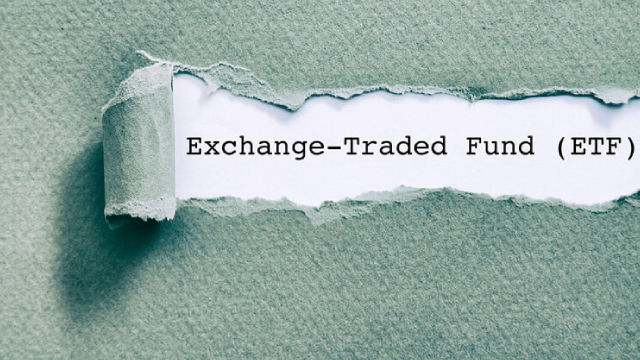.The S&P 500 ended its two-week skid, finishing up 1.5% from last Friday. The index is now just inches below its record close from January 23, 2025 and is up 4.19% year to date.
The table below summarizes the number of record highs reached each year dating back to 2013.

Here is a snapshot of the index over the past 5 days:

Here is a snapshot of the index from the past six months with a 50-day moving average:

As of February 14th, the U.S. Treasury put the closing yield on the 10-year note at 4.47% and the 2-year note at 4.26%. See our latest Treasury Snapshot here. ETFs associated with Treasuries include: iShares 1-3 Year Treasury Bond ETF (SHY), iShares 7-10 Year Treasury Bond ETF (IEF), and iShares 20+ Year Treasury Bond ETF (TLT).
S&P 500: A Perspective on Drawdowns
On October 9, 2007 the S&P 500 reached a then all-time high, closing the day at 1565.15. Then on March 9, 2009, the index dropped ~57% off of its high from exactly 17 months before, closing the day at 676.53. This time period became known as the Global Financial Crisis. It took over 5 years before the index reached a new then all-time high on March 28, 2013, where it closed out at 1569.19. The chart below is a snapshot of record highs and selloffs since the 2007 peak reached on October 9, 2007.

What happens if we take out the Global Financial Crisis? Here’s a snapshot the same chart above where the start date has been changed to the trough reached on March 9, 2009. Note the recent selloffs in 2022.

Here’s a few tables with the number of days of a 1% or greater change in either direction and the number of days of corrections (down 10% or more from the record high).


Here is a linear chart of the index since October 9, 2007:

Here is a linearly scaled version of the same chart with the 50- and 200-day moving averages. The index has been above its 200-day moving average since November 1st, 2023. For the past few weeks, the index and its 50-day moving average have been crossing each other. The index is currently ahead.

S&P 500: A Perspective on Volatility
For a sense of the correlation between the closing price and intraday volatility, the chart below overlays the S&P 500 since 2007 with the intraday price range. I’ve also included a 20-day moving average to identify trends in volatility. On December 18, the index experienced its largest intraday price volatility (3.45%) since November 30, 2022 (3.59%).

S&P 500 versus S&P Equal Weight
The S&P 500 is market cap-weighted index which includes roughly the 500 largest U.S. stocks spanning 11 sectors. The S&P 500 Equal Weight Index includes the same constituents as the S&P 500 but each company is equally weighted at a fixed weight. So how do these two indexes match up against each other this year?
The S&P 500 is currently up 4.19% year to date, while the S&P Equal Weight is up 3.52% year to date.

ETFs associated with the S&P 500 include: iShares Core S&P 500 ETF (IVV), SPDR S&P 500 ETF Trust (SPY), Vanguard S&P 500 ETF (VOO), SPDR Portfolio S&P 500 ETF (SPLG), and Invesco S&P 500® Equal Weight ETF (RSP).
Originally published on Advisor Perspectives.
For more news, information, and strategy, visit the Innovative ETFs Channel.
Financial Market Newsflash
No financial news published today. Check back later.

















